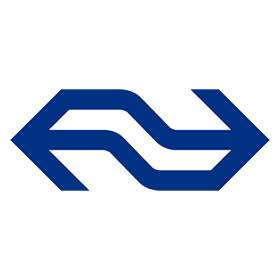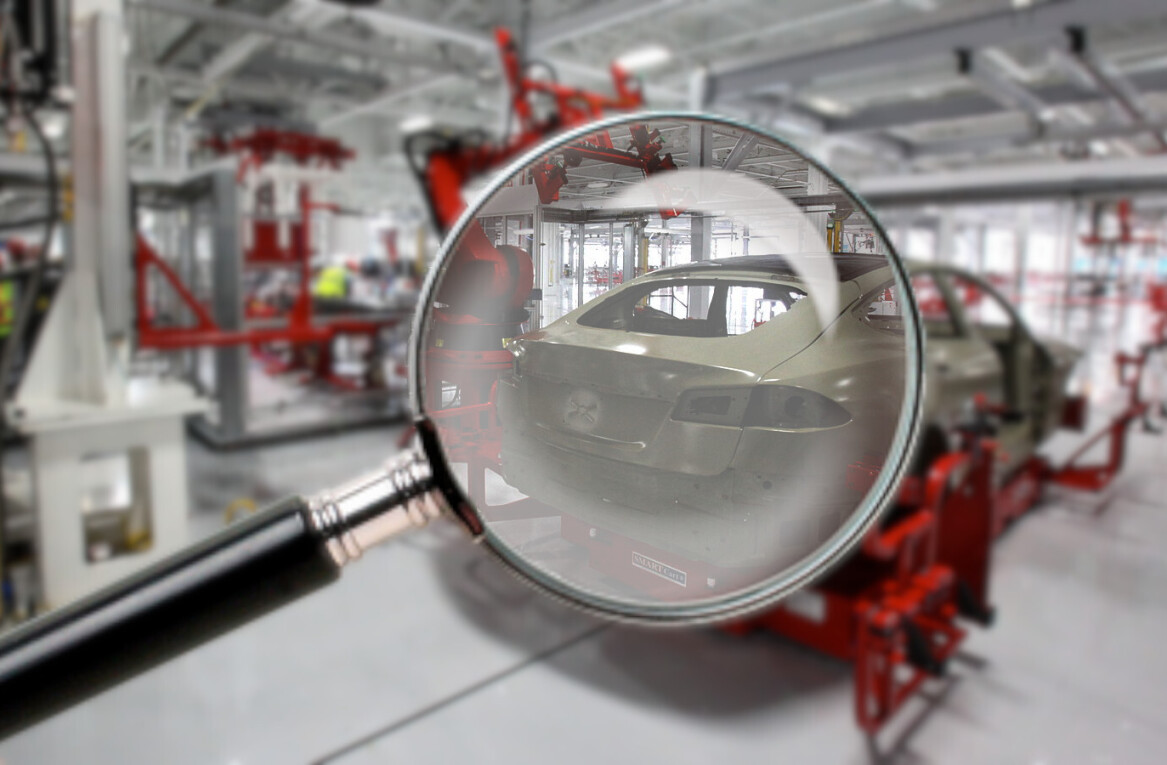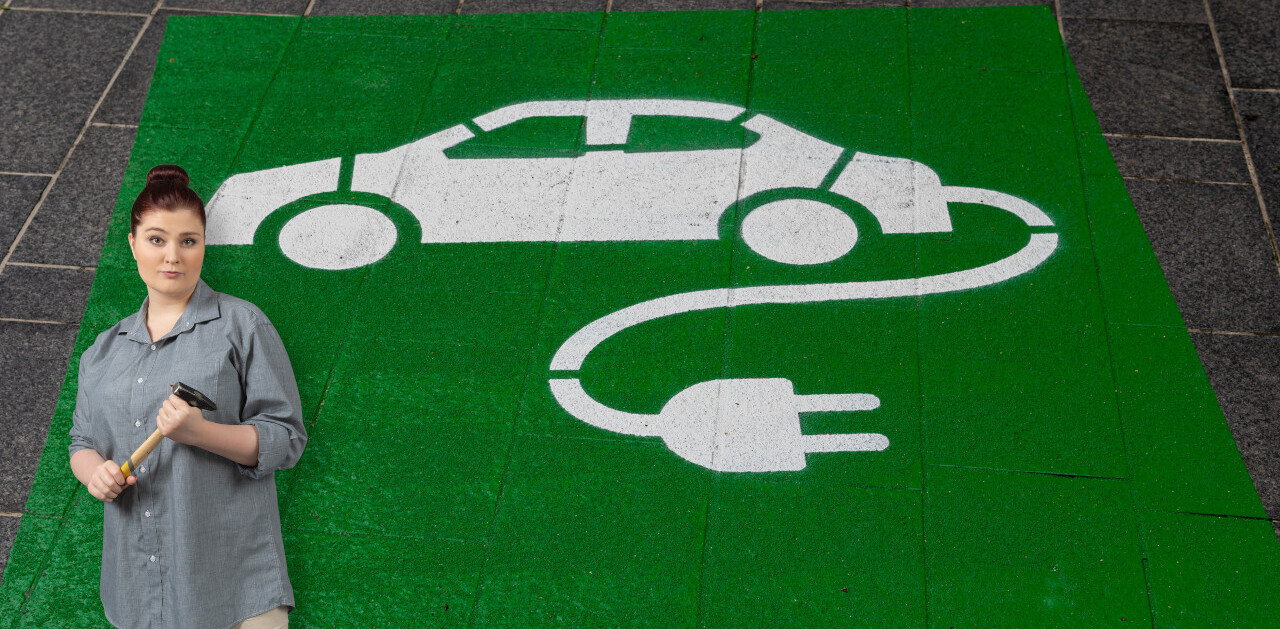
While most Dutch trains arrive on time — 92.6 percent, to be exact — some delay is inevitable. Falling leaves can make the railway slippery. Snow sometimes causes the railroad switches to freeze up.
Machinal issues, on the other hand, such as broken doors or overheated brakes, can increasingly be fixed before they cause severe delays. Thanks to thousands of sensors and big data analytics, train maintenance has become much more efficient.
It’s a development that took a flight since 4G became available in the Netherlands, allowing data to be processed at a much higher speed. This includes check-in data, status measurement points on tracks, and information sent by sensors in the trains. All this data continually flows through the Data & Analytics (D&A) division of Dutch Railways (NS) through more than 140 sources.
“What we do is crucial. Without data analytics, we’d be lost,” Martijn Scheele, head of the D&A department, says.
Big data, big business
It’s this data that keeps the Dutch rail network moving, and helps NS deliver a better, safer, and easier journey for train passengers. Scheele’s team services the whole Dutch rail network, its customers, and the government.
“We are one of the few departments that serve the entire NS organization, which makes the work here special,” Scheele says. More than 160 NS employees, who all work on innovative applications, use big data every day. And because we expand our team with 20 new colleagues every year, big data is becoming a big deal.”
Central intelligence
Over the years, D&A has taken a central role at the NS. Business Intelligence converts a wealth of data into reports and dashboards to aid continuous improvement and the management information for the organization.
Although the average traveler may not notice it, behind the scenes their travel experience is being continually improved by an orchestrated use of Advanced Analytics.
Using existing data, new applications are constantly being designed by the creative minds in D&A. For example, the “seat seeker” app was developed on this basis. Prorail measuring stations were used to calculate the passenger numbers based on the weight of trains. This data is then used and presented in such a way to help travelers find a train that’s likely to have seats available.
NS’s IT department is a diverse bunch, ranging from traditional developers to statisticians.
“There’s a certain degree of standardization in the products we make, which means that creativity is appreciated, but you don’t have to invent everything yourself,” Scheele says.
Those who start working at NS can quickly get started with new cloud technology and products such as Power BI and Databricks. But they won’t just develop IT systems, they’ll get to develop themselves as well.
“We think it’s important colleagues are well-trained and can grow within the company, so NS reserves a budget for self-development.”
Want to work at Dutch Railways? They’re hiring.
Keep moving forward
Data and real-time analytics are vital to NS, as they keep trains moving — even when it’s freezing cold outside. Thanks to data analytics and predictive maintenance, train equipment can be de-iced more efficiently. Data flows between different IoT systems and comes together in the Hadoop data platform, where it’s analyzed in real-time. This way, NS can precisely pinpoint when a train needs maintenance or even de-icing.
“Data ensures greater availability of equipment and less delay for travelers,” says Scheele. “As a traveler, you will notice delays become even rarer. But you probably don’t realize this is thanks to a data product.”
In the unlikely event that a train fails, NS can turn to its massive data stream to find a quick solution.
“We can use data from station areas, including check-in data, to determine how many replacement buses should be used,” says Scheele.
Great power, great responsibility
The use of data creates privacy concerns. The Dutch government, for example, wants to use NS’ data to help guarantee the safety of travelers.
“In the event of an emergency, data — anonymized of course — is shared with, among others, the police,” says Scheele.
If this data was misused or fell into the wrong hands, it could present a significant breach of privacy. That’s why this information is handled with great care. “We have to handle data responsibly, store it properly, 100 percent GDPR-proof, and of course always consider the impact on our company and the traveler,” Scheele adds.
That’s not the only challenge facing the organization. Thanks to the work of D&A, many of the company’s processes have changed to make them more efficient.
This data-first approach spurred a different mindset, which is a difficult change for some employees who have always worked with different methods.
“Try telling a mechanic who’s mastered his job for 30 years he no longer needs his maintenance booklet, because we now have data to predict exactly when a train must go to the workshop,” Scheele adds.
It’s an unstoppable force, though. Big data analytics impacts everything NS does, and has become about so much more than just maintenance and selling tickets. “By instilling this data-forward mindset in our whole organization, we can improve the travel experience in every conceivable way,” Scheele concludes.
Get the TNW newsletter
Get the most important tech news in your inbox each week.





